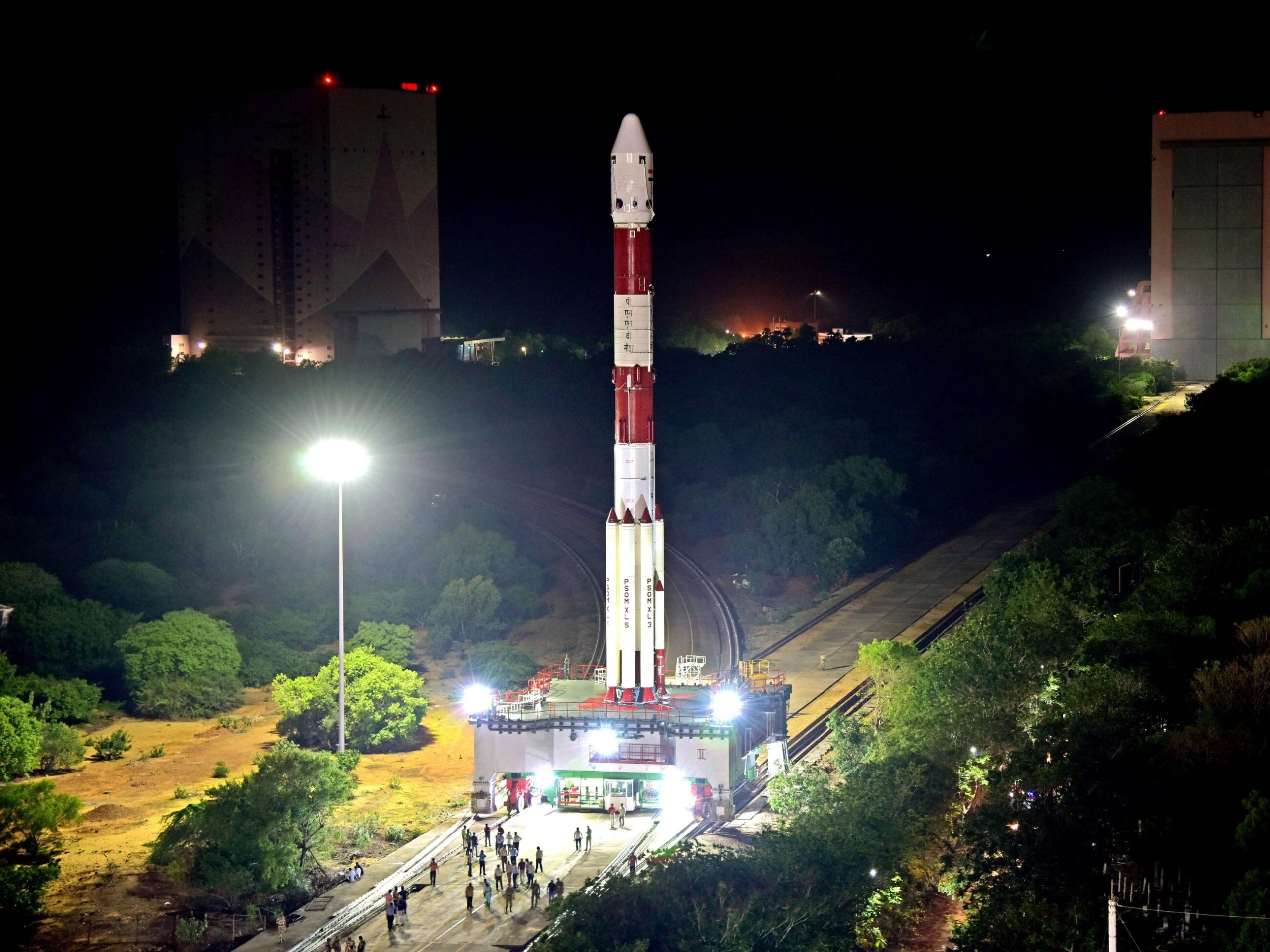India sent a satellite into space. He will study the Sun

An Indian satellite to study the Sun was launched into space. After four months of travel, the device will begin transmitting data to scientists.
On Saturday, the special Aditya-L1 probe flew into space and began its journey towards the Sun. The satellite is equipped with seven modules that will allow the observation of the outer layers of the star. “These seven modules will study the Sun as a star in all possible positions of the spectrum, which we have in the visible, ultraviolet and X-ray ranges. It is as if we were to receive a black and white image, a color image and an image of the sun in high resolution, i.e. in 4K, so that we do not miss anything that is happening on the Sun,” Manish Purohit, an ISRO scientist, told AP.
The satellite will explore the Sun
After four months, the satellite will reach a special point that will allow it to maintain its position thanks to gravity, which will reduce fuel consumption. This will enable the machine to maintain a constant orbit and continuously observe our star. The observatory will regularly provide images of the Sun and send other key data to scientists.
Aditya-L1 is designed to closely monitor solar activity and study the star’s influence on space weather “in real time.” The probe may also prove crucial in examining the solar winds more thoroughly and may answer the question of why the solar corona is much hotter than the star’s surface.
India lands on the Moon – a great success of Chandrayaan-3
Only on August 23, India successfully placed a lander on the Moon. The Chandrayaan-3 machine landed softly on the surface of the Earth’s satellite, and the key moments were even watched by the country’s Prime Minister Narendra Modi.
The South Pole of the Moon is not a random location. The Indian mission is the first to land there. This was not possible before, among others: Russia or Israel. According to scientists, examining this part of the natural satellite is particularly important because it is assumed that there may be ice deposits there. If the assumptions could be confirmed, then the ice could be used during future space missions.






